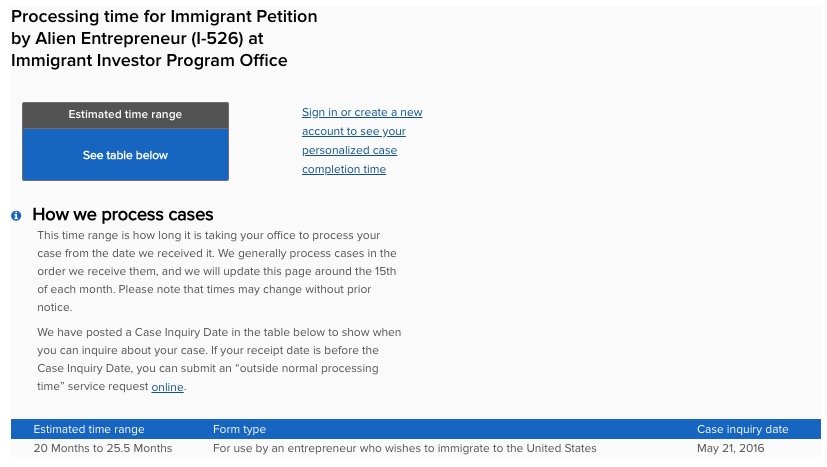EB-5 is the most popular route for wealthy families to immigrate to the United States and become a permanent resident. EB-5 has an annual limit is 10,000 immigrant visas (in total the investor, spouse and any dependent children) per fiscal year. Congress has set aside of 3,000 immigrant visas (at a minimum) for regional center EB-5 immigrant visas. There is a 7% per country cap on all immigrant visas, including EB-5 cases.
An immigrant investor’s date that USCIS received his I-526 petition marks his place in line for I-526 processing (which is first-come-first-served in principle) and also his place in line for a visa. An investor must wait for I-526 approval before he can take the next step and submit a visa application or file for status adjustment.

There are four steps to becoming a Lawful Permanent Resident (LPR) through the EB-5 program.
- Form I-526 immigrant petition approval.
- Application for an immigrant visa either through adjustment of status (Form I-485) in the United States with USCIS, or through am application for immigrant visa (Form DS-230) with the Department of State (DOS).
- Upon approval of the Form I-485 or admission on an EB-5 immigrant visa, the alien is granted two-years of conditional permanent resident status.
- A Form I-829 petition to remove the conditions on the LPR status must be filed at the end of the two-year conditional period. If the alien has fulfilled the EB-5 requirements, then the conditions will be removed and the alien will be an unconditional LPR.
The current processing times can be checked USCIS here: https://egov.uscis.gov/processing-times/

As of today, the current processing for EB-5 petitions with USCIS is 20 to 25 months.
In a latest report released by USCIS, as many as 24,627 petitions are pending for Q1 2018.






